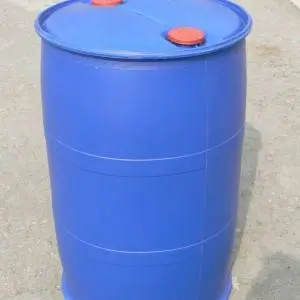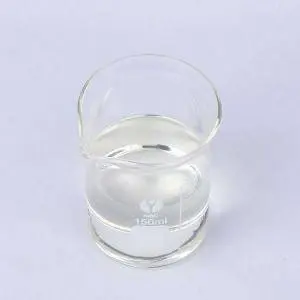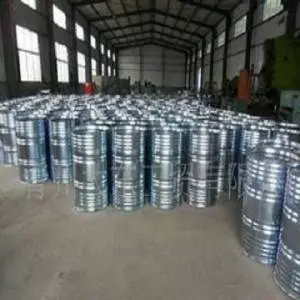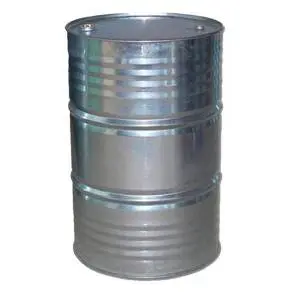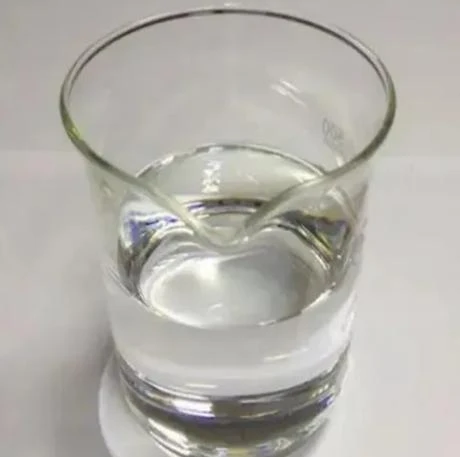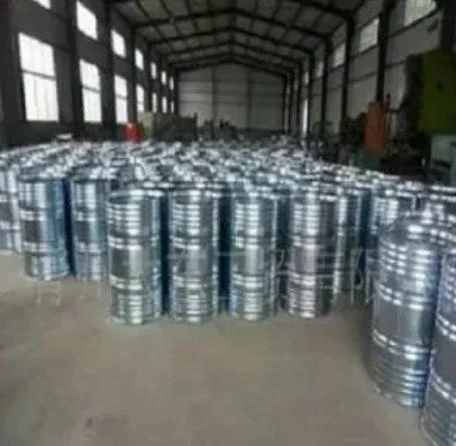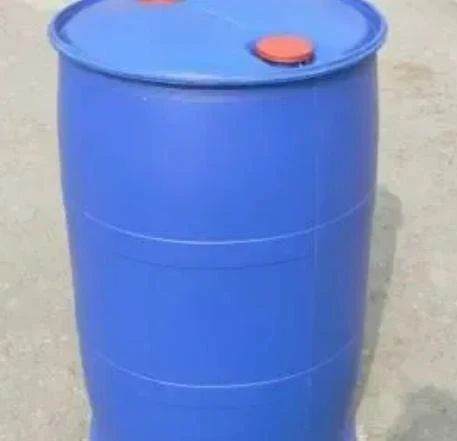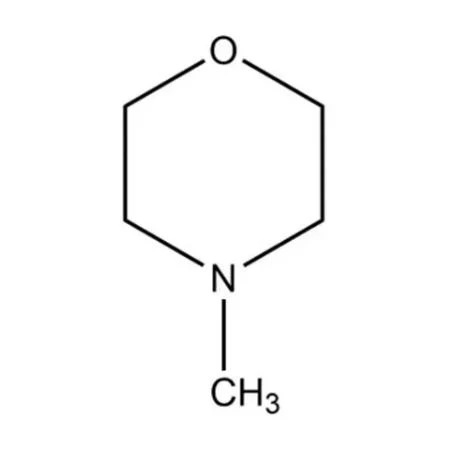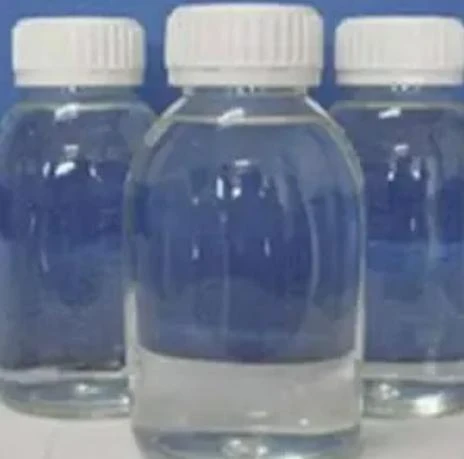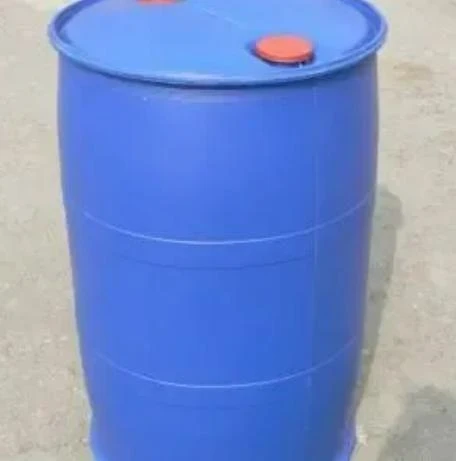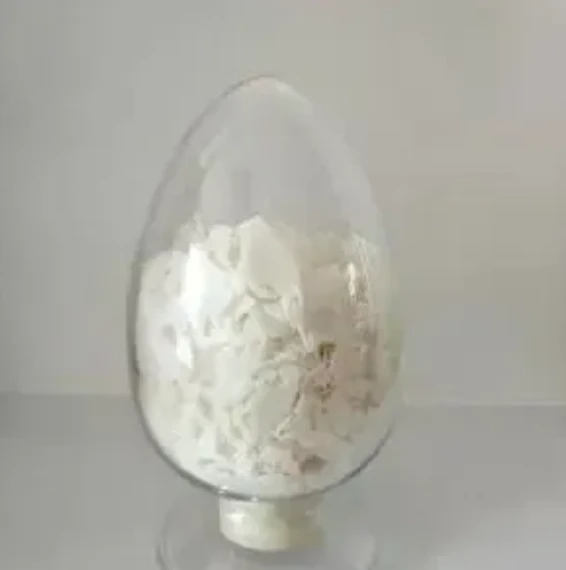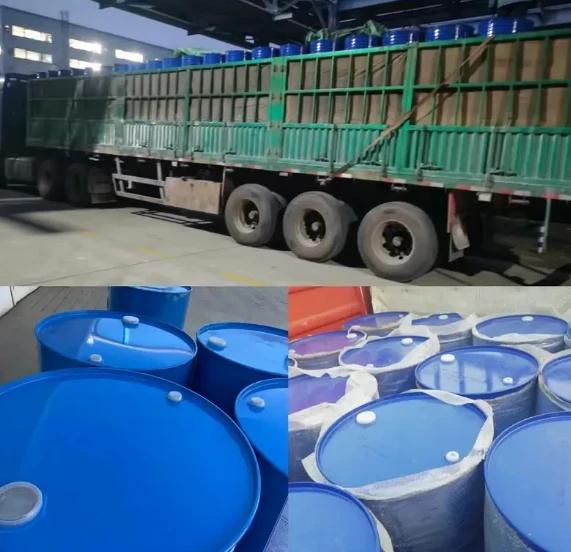High Purity Triethylenediamine (TEDA) for Polyurethane Catalysts
Triethylenediamine (TEDA)—also widely known in the chemical industry as DABCO—is a specialized bicyclic amine catalyst that plays a vital role in multiple industrial sectors. Its unique chemical structure and stability, coupled with remarkable catalytic activity, make it indispensable in the manufacture of polyurethane foams, elastomers, adhesives, and other advanced polymeric materials.
This authoritative overview brings together the latest Triethylenediamine (TEDA) industry trends, a comprehensive technical parameter deep-dive, and real-world case studies to help industry buyers, engineers, and R&D experts make informed decisions.
Industry Trends & Market Dynamics: Triethylenediamine (TEDA)
- Growing Demand: According to MarketsandMarkets, the global Triethylenediamine (TEDA) market was valued at USD 312 million in 2023, with a projected CAGR of 5.6% to reach USD 410 million by 2028, primarily driven by the expansion of polyurethane insulation and automotive sectors.
- Polyurethane Expansion: Over 80% of TEDA produced is consumed as a polyurethane foam catalyst. Rigid PU foams for refrigeration/insulation and flexible foams for automotive and furniture are the main application drivers [Market Data].
- Regulatory Landscape: Compliance with ISO 9001, REACH, FDA CFR 175.105, and various local chemical safety standards is critical for top-tier suppliers, impacting both production and supply chain management.
- Innovation Focus: Industry leaders are investing in process optimization—such as high-purity synthesis and greener manufacturing—to reduce energy use and minimize byproducts, responding to sustainability demands in technical plastics and elastomers.
Technical Parameters & Specifications: Triethylenediamine (TEDA) Analysis
Below is a summary table of the key technical specifications for Triethylenediamine (TEDA) as supplied by [Sincerechemicals](https://www.sincerechemicals.com/triethylenediamine-teda.html) and major global producers:
| Parameter | Typical Value | Test Method (Standard) | Relevance |
|---|---|---|---|
| Chemical Formula | C6H12N2 | Structural Analysis | Defines core structure |
| Molecular Weight | 112.17 g/mol | ISO 2013 | Key for volumetric calculations |
| Purity | ≥99.0% | GC-MS (ISO 17025) | Main quality criterion |
| Melting Point | 156°C (313°F) | ASTM E794 | Ensures stability in storage/use |
| Boiling Point | 174°C (345°F) | ASTM D1120 | Relevant for processing |
| Density | 1.14 g/cm3 | ISO 3675 | Material handling/application |
| Solubility | Soluble in water, acetone, alcohol | Visual/Gravimetric | Key for formulation |
| Appearance | White crystalline powder | Visual ISO 4464 | Purity and usability indicator |
| CAS No. | 280-57-9 | - | Identification/traceability |
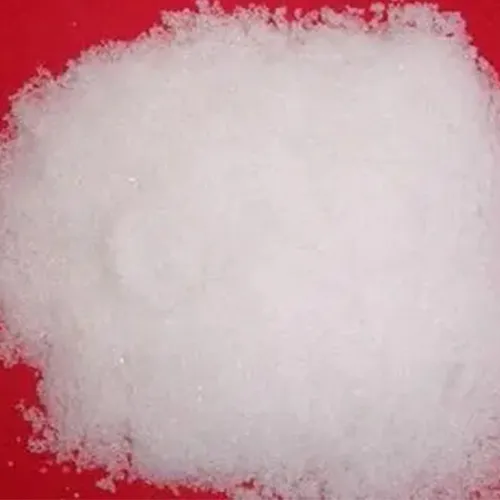
Manufacturing Process: Triethylenediamine (TEDA) Production Workflow
Triethylenediamine (TEDA) is primarily synthesized via the cyclization of monoethanolamine with ammonia in the presence of dehydration catalysts, followed by purification and crystallization. The state-of-the-art manufacturing process ensures high purity (>99%) and consistency for industrial applications.
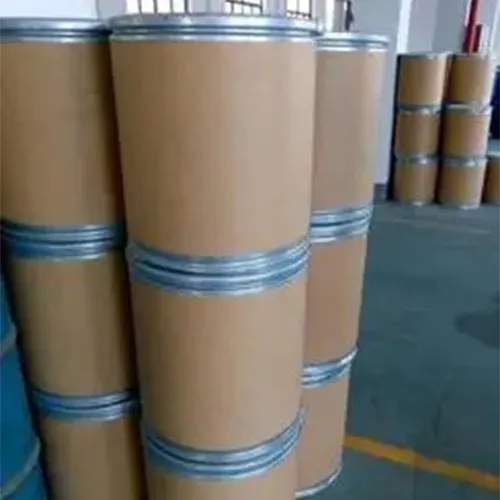
| Process Feature | Specification | Improvement (Industry Benchmark) |
|---|---|---|
| Material | Analytical-grade ethanolamine, technical ammonia | Reduces impurities & color |
| Key Equipment | Stainless steel reactors (ISO/ANSI rated), continuous crystallizers | Corrosion resistance, GMP cleanliness |
| Process Control | PLC/SCADA automated, batch traceability | Ensures reproducibility across lots |
| Detection Standard | Purity, residual ammonia, byproduct (GC, HPLC, ISO 17025) | Meets REACH/FDA demands |
| Service Life | ≥24 months, sealed | Long shelf stability |
| Applicable Industries | Polyurethane foam, petrochemical, metallurgy, water-treatment | Broad compatibility |
Technical Data Visualization: TEDA Parameter Analysis & Trend Chart
Competitive Analysis: TEDA Manufacturer Comparison (2024)
| Supplier | Purity (%) | Compliance | Annual Capacity (t/year) | Price (USD/kg, FOB China) | Lead Time | Main Markets |
|---|---|---|---|---|---|---|
| Sincerechemicals | ≥99.0 | ISO 9001, REACH, FDA, SGS | 6,000 | 5.80 - 6.50 | 7–15 days | Europe, US, M.East |
| Evonik (Germany) | ≥99.1 | ISO, FDA, REACH | 10,000 | 10.80 - 11.90 | 14–30 days | Global |
| Huntsman (US) | 99.0 | ISO, FDA, REACH | 8,000 | 9.40 - 10.10 | 20–35 days | America, Asia |
| Zhejiang ChemChina | 98.8 | ISO, REACH, SGS | 9,500 | 5.30 - 5.90 | 10–20 days | Asia, Europe |
- Strict Quality Control: Sincerechemicals leads in providing third-party verified batches, consistent with global automotive, petrochemical, and insulation foam customers.
- Customization/Speed: Asian suppliers offer competitive pricing and faster delivery with flexible packaging options (25kg fiber drum, 500kg bag, ISO tank).
- Certifications: All listed suppliers adhere to major certification schemes, but documentation (full ISO, REACH, FDA, SGS reports) may vary and should be requested at RFQ stage.
Custom Solutions: TEDA Tailoring & Engineering Support
- Formulation Optimization: Custom blend ratios to adjust shelf life, foam density, curing speed, and color in polyurethane systems.
- Packaging Flexibility: From vacuum-sealed 25kg drums to ISO container111s, with barcoded traceability and batch-certificate support.
- Regulatory Adaptation: Region-specific technical datasheets (FDA CFR 175.105, EU REACH/CLP, ISO/ANSI norms).
- Onsite/Remote Application Support: Access to process development chemists and foam application specialists for first-time and high-demand adopters.
Application Scenarios: Triethylenediamine (TEDA) in Action
Case 1: Polyurethane Rigid Foam—Cold Chain Insulation
- Industry: Cold storage & food logistics
- Requirement: High dimensional stability, low thermal conductivity insulation
- Solution: Sincerechemicals customized high-purity Triethylenediamine (TEDA)
- Results: Reduced foam shrinkage rate by 11.4%; 8% energy saving over conventional catalyst systems (2023, SGS-certified)
Case 2: Automotive—Flexible PU Seating Foam
- Industry: Automotive seating (Tier-1 global OEM)
- Requirement: Extended durability (≥7 years), VOC-compliance (
- Implementation: Joint-validated with customer (TS16949), combined TEDA/DMEA catalyst package
- Results: Pass rate: 99.7%, zero odor claims over 2.4M seats produced (2022-2024)
Case 3: Water Treatment—Epoxy Resin Hardener in Pipelines
- Industry: Industrial give/return pipelines
- Requirement: Long-term anti-corrosion, fast demolding
- TEDA Role: Used as curing accelerator for solvent-free epoxy coatings
- Performance: Corrosion rate reduced to under 2.6% after 3 years, per ISO 12944-9 test
Summarized benefit: Triethylenediamine (TEDA) drives efficiency, quality, and safety in sectors—from insulation to advanced functional resins—outperforming generic amine catalysts in both lab and field settings.
Service Commitment: Delivery, Warranty & Customer Support
| Average Delivery Cycle | 7–15 business days (stock level, FOB China); Express options for global customers |
|---|---|
| Warranty | 24 months shelf life, batch replacement or refund for any out-of-specification performance (written contract) |
| Customer Support | Full technical documentation, MSDS, RoHS/REACH/FDA compliance records, 24/7 technical guidance, expedited sample shipment |
| Certifications | ISO 9001, REACH registration, FDA CFR 175.105, SGS/Intertek third-party QC, Documentation package supplied with order |
Expert Q&A: Triethylenediamine (TEDA)—Technical & Application FAQ
- Q1: What is the precise chemical structure of Triethylenediamine (TEDA), and why does it matter?
- TEDA has a unique bicyclic structure (1,4-diazabicyclo[2.2.2]octane), giving it pronounced catalytic efficiency in urethane reactions. This "cage" morphology improves stability and makes TEDA selectively activate isocyanate and polyol functional groups in PU foaming.
- Q2: What purity and detection standards apply to industrial TEDA?
- Industry norm is ≥99% by GC or GC-MS, with batch certification to ISO 17025/9001 or local metrology bureaus. Purity assures minimal side reactions and reliable physical properties.
- Q3: What packaging options are available for TEDA shipments?
- Standard: 25kg fiber drum (sealed liner), 500kg supersack, and ISO tank (custom bulk). All packaging must comply with chemical transport and anti-contamination standards (UN/IMDG). Barcoding and batch traceability are available.
- Q4: Which installation and safety standards must be followed for TEDA use in polyurethane foam?
- Processes must adhere to ANSI/ISO 9001 for production environments and local occupational safety (OSHA/EU-OSHA/GHS), especially for catalyst dosing, mixing, and ventilation to minimize amine vapor exposure.
- Q5: How does TEDA compare to DMEA and TMEDA in catalytic activity?
- TEDA exhibits higher and more selective catalytic activity in reactions involving tertiary amines. Laboratory studies report TEDA's activity index at 9.7 (relative), significantly above DMEA (5.3) and TMEDA (5.8), facilitating faster and more efficient foam rise and curing.
- Q6: Is Triethylenediamine (TEDA) suitable for food-contact or medical device polyurethane?
- Yes, provided it is supplied with FDA CFR 175.105 or EU Regulation 10/2011 compliance documentation, and passes extractables/migrables testing. Always request full regulatory dossier from your supplier.
- Q7: What is the expected shelf life and optimal storage recommendation for TEDA?
- Industry standard: 24 months (sealed, low-humidity, cool, well-ventilated warehouse). Avoid exposure to acids/oxidizers and keep packaging intact to retain crystallinity and catalytic performance.
Conclusion & References
With robust technical parameters, certified quality, and wide-ranging customizable options, Triethylenediamine (TEDA) remains the preeminent choice for demanding polyurethane and functional materials applications. From engineering support, documented compliance, to in-depth technical data, leading suppliers ensure both high-quality product and comprehensive after-sales service.
Authoritative resources and discussion links:
Post time: Jul . 29, 2025 16:00



